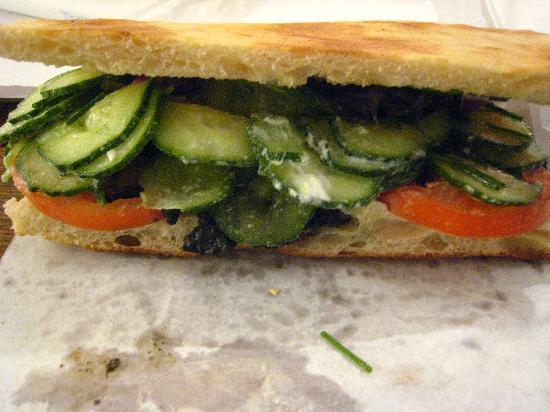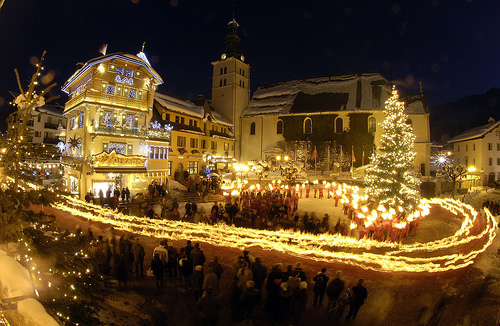Best Places To Retire In 2018
When thinking of retirement, you need financial planning before searching for the perfect country to move to!
Key points to remember before retirement:
You should have a mix of stocks, bonds, mutual funds, Gold and other assets to provide your portfolio growth opportunity throughout retirement
Retirement and lifestyle opportunities overseas been researched by International Living for 38 years, we all love most of the distinctions over the years! The Retirement Index is the most comprehensive and in-depth survey of its kind. This list of best retirement havens in 2018 is not just for retirees, it is for digital nomads or whoever wants to live abroad on a budget.

